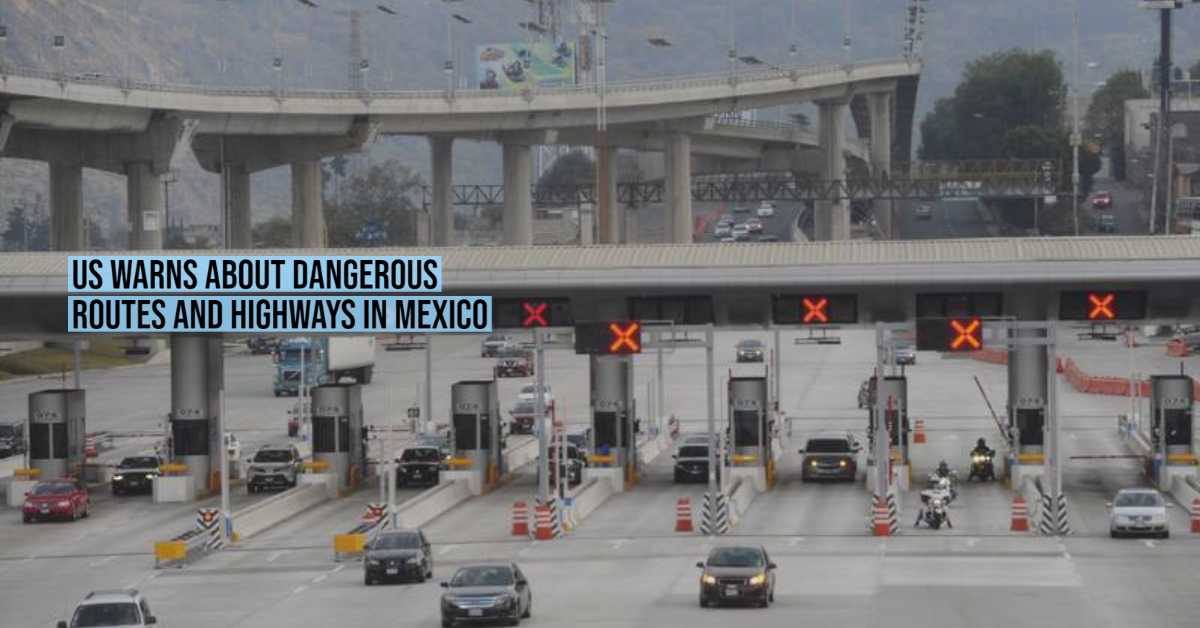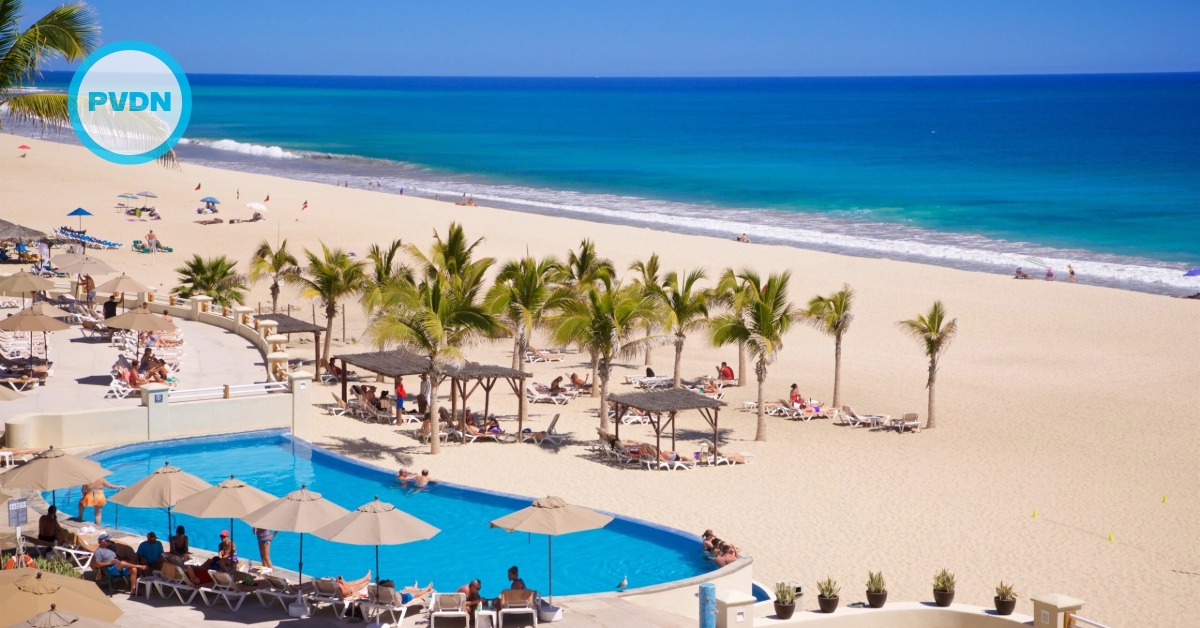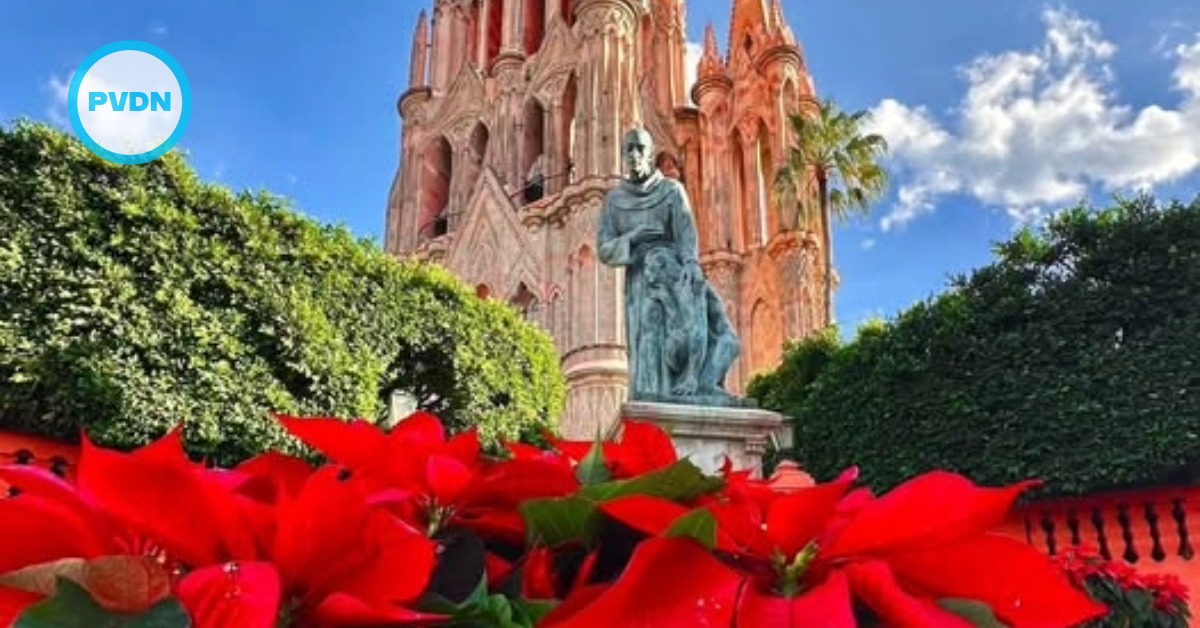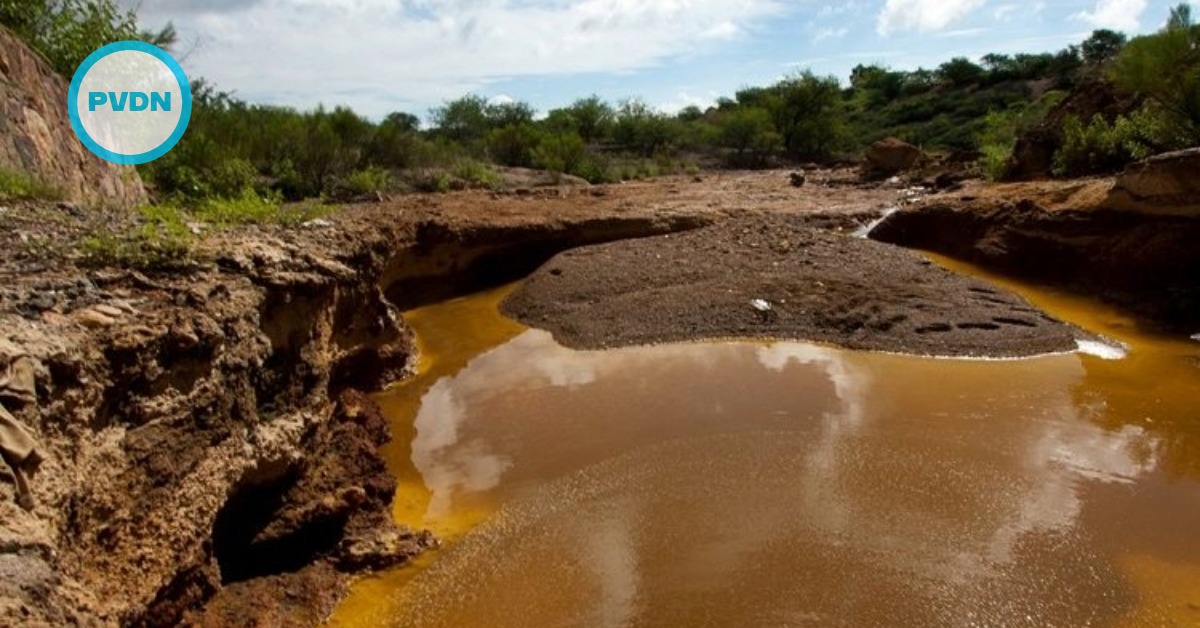The United States Department of State warned its government officials about the use of certain dangerous routes and highways in Mexico.
According to the statement issued in mid-March, violent crimes occur in these areas, such as homicides, kidnappings, and vehicle thefts, for which they asked travelers to avoid five states, reconsider traveling in another 11, take greater precautions in 14 and do it moderately in two others.
The states in which it is definitely recommended not to travel due to the high incidence of crime are Colima, Guerrero, Michoacán, Sinaloa, and Tamaulipas. While . . .






